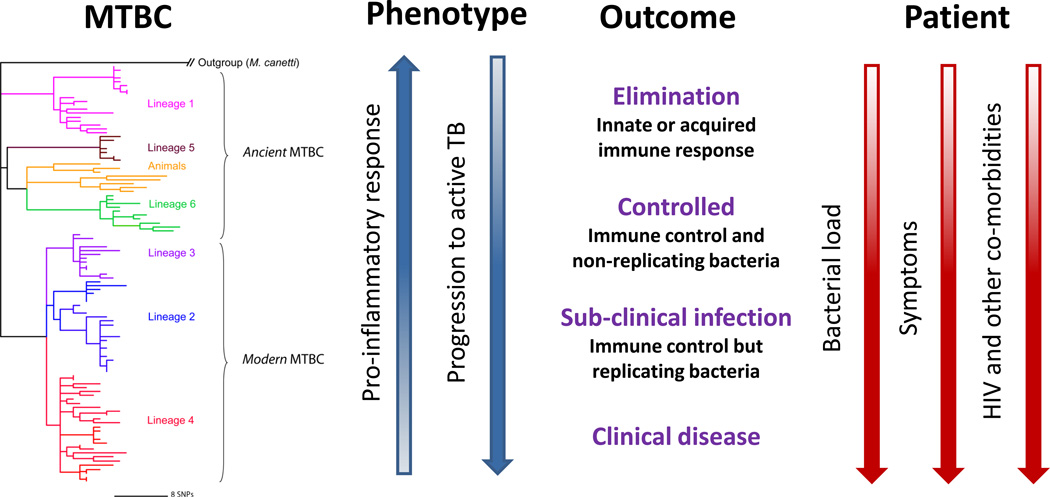Figure 1. MTBC strain variation and the spectrum of responses to TB.
Instead of the traditional binary division into active and latent TB, a spectrum of patient responses to infection has been proposed to better describe the observed heterogeneity in TB patients and latently infected individuals [7]. HIV-coinfection and increased bacterial burden drive latency towards active disease (adapted from [7]). Likewise, pathogen genotype could also play a role in shaping the outcome of TB within this spectrum. For example, based on recent data, ‘modern’ MTBC lineages elicit a delayed innate immune response [59], and progress faster to active disease [62] compared to ‘ancient’ strains.

